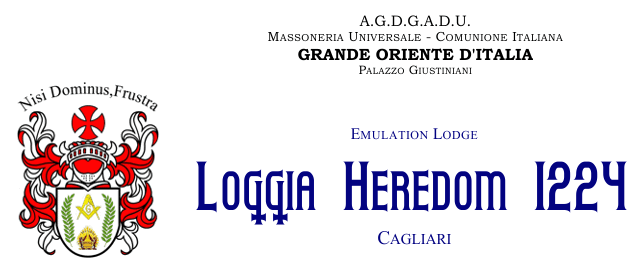
Today in Masonic History we discuss the Feast of St. John the Evangelist.
The Feast of St. John the Evangelist is celebrated annually on December 27th and marks the mid-winter..
St. John the Evangelist, along with St. John the Baptist are the two St. John's referred to in Masonic ritual.
John the Evangelist, also referred to as John the Theologian and the Apostle John, lived from approximately 15 A.D. to 100 A.D.
In the Bible, the Gospel of John refers to an unnamed "disciple whom Jesus loved." It is believed that the Apostle John wrote the gospel because, in part, the author refers to James and Peter and is not claiming to be either of these two disciples. The writer of this gospel also is writing the Gospel in the light of the Synoptic Gospels which are the gospels of Mark, Matthew and Luke. This leads to the conclusion that it must be the Apostle John. The term Evangelist comes from a Greek word which means "writer of the gospel", it is also in reference to the Latin word evangelium. In most Christian traditions, the Apostle John is John the Evangelist.
John the Evangelist as a historical figure was one of the "pillars" of the Jerusalem Church after Jesus' death. He is believed to be the only one of the Apostles to survive until old age. The other apostles all having been put to death for their faith.
Some believe that John, around 95 A.D. was exiled to the island of Patmos. There it is believed that he wrote Revelations. This is a matter for debate though. Many scholars believe that John of Patmos was not John the Evangelist. Beyond the Gospel of John, there are many works that are attributed to John the Evangelist, most, including the Gospel of John are still debated whether John the Evangelist actually wrote them. There are some scholars that believe that the Gospel of John was not written by anyone named John. This debate has raged since 200 A.D.
For Freemasonry, the Feast of St. John the Evangelist was utilized by many of the early Grand Lodges in England and Scotland as well as individual lodges. The Lodge of Edinburgh was associated with the aisle of St. John the Evangelist in St. Giles Cathedral as far back as the 15th century. The Grand Lodge of All England, which was a masonic body located primarily in the city of York, as well as it's predecessor the Ancient Society of Freemasons in the City of York, elected it's President and, starting in 1725, its Grand Master on the Feast of St. John the Evangelist. The Antient Grand Lodge of England also elected it's Grand Master on that day. When the Antients and the Moderns merged in 1813 to become the United Grand Lodge of England it occurred on the Feast of St. John the Evangelist.

